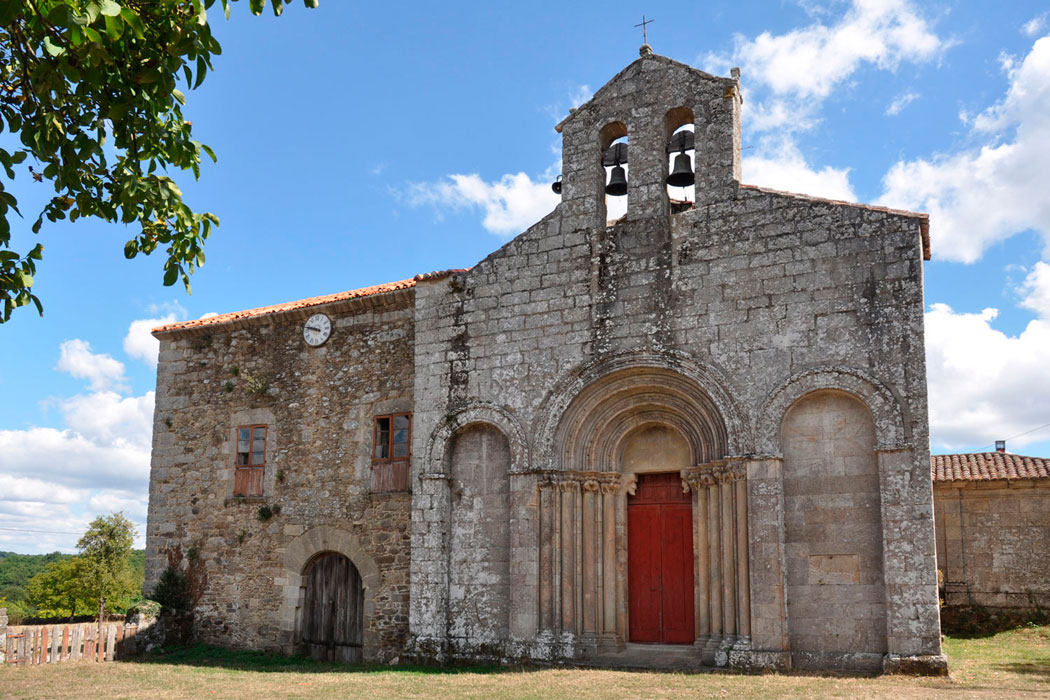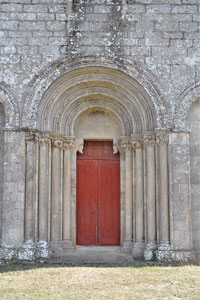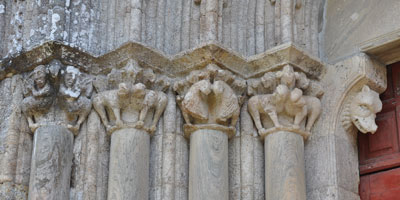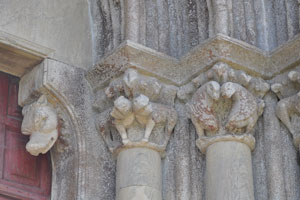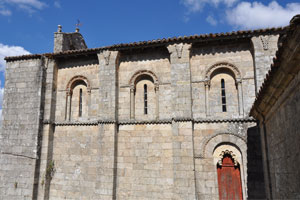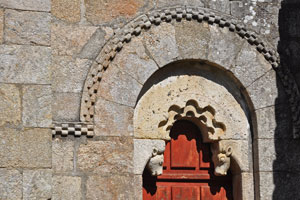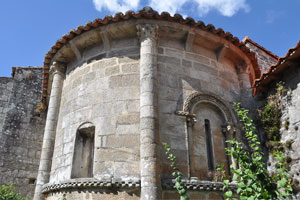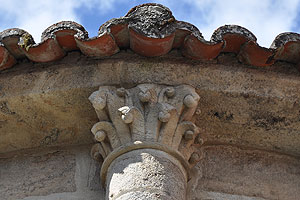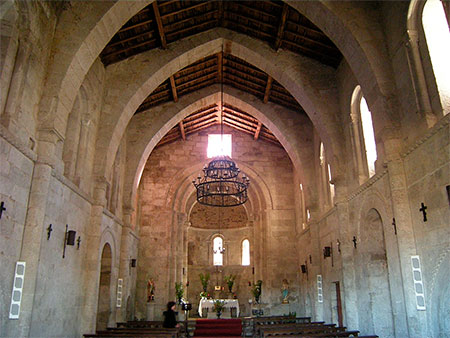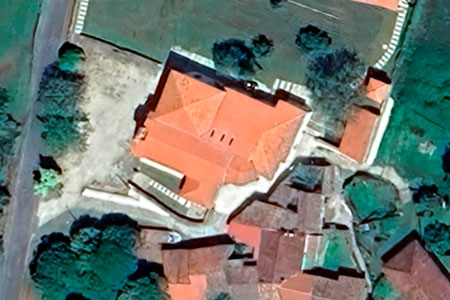Monastery of San Paio de Diomondi
Mosteiro de San Paio de Diomondi / Santo Estevo de Diomondi / Gemondi
(O Saviñao, Lugo)
There is little information about the Monastery of San Paio de Diomondi, which is supposedly of early medieval origin. It is known that it was initially dedicated to Saint Stephen and that in the year 954, the Bishop of Lugo granted it to his uncle, Abbot Randino of the Monastery of San Adrián de Sacardebois (Parada de Sil, Ourense).
In the year 976, Senior, niece of Bishop Hermogius of Tui, who was also the uncle of Saint Pelagius (Paio), to whom the monastery would later be dedicated, made an important donation to this establishment. The community residing in Diomondi was under the jurisdiction of the Cathedral of Lugo and did not depend on another monastery; it may even have been a secular abbey. Between 1138 and 1164, the monastery changed its original dedication to that of San Paio. After a period of scant documentation, by 1138 it was already a possession of Alfonso VII, and in 1164, Fernando II granted it to Fernando Odoariz and his wife, Teresa Muñiz. However, in 1178 the monastery was once again under the control of the Church of Lugo, as confirmed by Pope Lucius III in a papal bull issued in 1185.
In the years that followed, the Monastery of Diomondi changed hands several times due to disputes between the Counts of Lemos and the bishopric over its control. It is likely that by the mid-13th century there was no longer a monastic community, a fact that is certain by 1366. In 1379, King John I confirmed the possession of Diomondi to the Bishop of Lugo, to whom it definitively belonged from then on. In 1480, the site was referred to as the palaces of the Lord Bishop in Diomondi, and in 1498 it was still mentioned as the Monastery of Diomondi. In the 13th century, a tower was added to the Romanesque church, followed shortly thereafter by a second tower, which would later become an episcopal palace and eventually a rectory.
This structure could be the successor of the ancient residence of Bishop Odoarius of Lugo and Braga, who took refuge here during the Saracen invasion and is believed to have died at this site. The church, with a single nave and semicircular apse, is thought to have been built between the last quarter of the 12th century and the early 13th century. On the south side, it has an attached sacristy, and on the north side, the episcopal palace. This latter structure was in ruins, and part of it collapsed at the end of 2010; it has since been restored and converted into a pilgrims' hostel.
- FREIRE CAMANIEL, José (1998). El monacato gallego en la alta edad media, vol. II. La Corunya: Fund. Pedro Barrié de la Maza
- LORENZO FERNÁNDEZ, Álvaro (2021). La inscripción desaparecida del Monasterio de San Adrián de Sacardebois. Boletín del Archivo Epigráfico, núm. 8
- PÉREZ GONZÁLEZ, José María; dir. (2018). Enciclopedia del Románico en Galicia. Lugo. Aguilar de Campoo: Fundación Santa María la Real
- SÁ BRAVO, Hipólito de (1972). El monacato en Galicia. Vol. 1. La Corunya: Librigal
- YZQUIERDO PERRÍN, Ramón (2005). San Pelagio de Diomondi. Abrente, núm. 35-37
